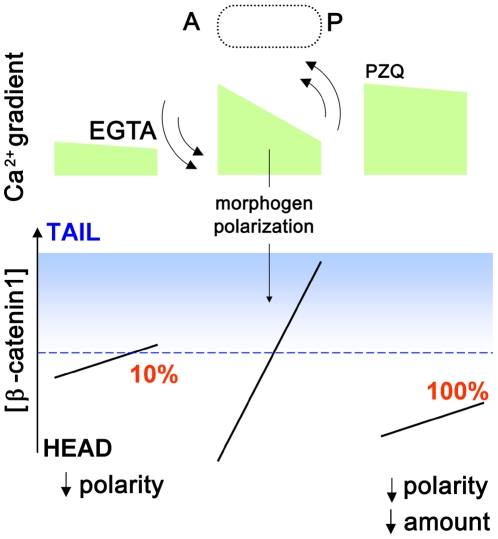Figure 7. Possible role of a Ca2+ gradient in regulating AP polarity of D. japonica.
A speculative model to address how either activation (PZQ) or inhibition (EGTA) of Ca2+ influx can evoke bipolarity albeit with different penetrances (100% vs 10%). The key tenets of the model are (i) a critical level of β-catenin-1 (blue) is needed to specify ‘tail’ fate [43], (ii) a macroscopic Ca2+ gradient in regenerating fragments (green) directly/indirectly polarizes AP β-catenin-1 distribution and (iii) high Ca2+ attenuates canonical Wnt signaling to decrease β-catenin-1 levels [40],[43]. Right, PZQ activates Ca2+ influx to flatten the distribution and decrease β-catenin-1 levels, resulting in a consistent anteriorization of regenerative blastemas (100% penetrance). Left, Inhibition of Ca2+ influx by EGTA, VOCC inhibitors, or Cavβ RNAi treatment decreases the polarization of existing morphogen, making posterior fate decisions less reliable (∼10% penetrance).

